“What I enjoy most about this series is the way that the world of Regency crime comes alive in the imagination, so that it becomes an entirely believable world of thieves, vagabonds, conmen and criminals who scurry and skulk within the shadows of the great city of London.
There is no doubt that the author has created a plausible and comprehensive Regency world.”
Jo at Jaffareadstoo

I’ve always been rather contrary – when I hear about something that no-one else has written about, I want to take it on. And so it was with crime in the late Regency period. In fiction there are more Victorian detectives than you can shake a stick at, and as for Regency romances, well, you can’t move for rakes and harlots. But Regency detectives – nary a one. Until Sam Plank, of course. And it’s mystifying, because the late Regency is such a fascinating period for policing.
But let’s back up just a moment – what is all this about the “late Regency”? Surely the Regency ended on 29 January 1820, when King George III finally died of pneumonia and his son – the Prince of Wales, and regent – took the throne as King George IV. How can we talk of a Regency when there is no longer a regent? The best explanation I have ever read is found in the author’s note at the start of Ian Mortimer’s marvellous book The Time Traveller’s Guide to Regency Britain: “[Although the official Regency ended in 1820] George IV hated the very idea of constitutional change, largely as a result of the fate of the French royal family [following the French Revolution of 1789]. He thus did all he could to thwart it.

It was only after his death that the government of the day was free to draft the much-needed Reform Bill and set about tackling some of the social issues raised by the French Revolution. Hence the terminal point of the [Regency] period is set by the king’s death, on 26 June 1830.” In other words, the term “Regency” refers not simply to the presence of a regent, but also to the unchanging attitudes of that regent when he becomes king. And to distinguish from the Regency proper, I – and many others – talk of the “late Regency”, which in essence is the 1820s.
So what was London like in the 1820s? King George IV (the former regent) was on the throne, having ascended in 1820 at the age of 57. He was an old-fashioned, reactionary king with many faults, but nonetheless he oversaw a programme of grand building in the capital, and we still see the legacy of his love of royal pageantry in the grand regal events. In 1829 he reluctantly agreed to give Royal Assent to the Catholic Relief Act, which permitted Catholics to sit in parliament and thereby reduced religious discrimination.

As for elected leaders, Tory Robert Jenkinson was Prime Minister from 1812 to April 1827 (yes, that’s nearly fifteen years) and then we had Tory George Canning for 119 days (he died in office), liberal Tory FJ Robinson for 131 days (he resigned in despair) and then Tory Arthur Wellesley (better known as the Duke of Wellington) took us to the end of 1830. So it was all a bit Tory… They didn’t start to morph into the modern Conservative Party until the publication of the Tamworth Manifesto in 1834, but they were already pretty conservative with a small c: their core belief was that inheritance (of wealth and influence) that was based on birth (i.e. rather than on merit, or derived from working hard) was the foundation of a stable society.
London as a city was growing very quickly: in 1800 its population was one million, and by 1900 it was 6.7 million. (Even today, it is only about 8.8 million.) During the nineteenth century London became the world’s largest city and the capital of the British Empire. The growth in the physical extent of London in that century was driven by the housing demands of the rising middle class: free-ranging building speculation engulfed villages and small towns over an ever-widening radius, stretching with each improvement in transport technology and purchasing power. The solidly built-up area of London measured some five miles from east to west in 1750 and fifteen miles in 1850 (and thirty miles in 1950).

Monthly insight into my research
On the first day of every month I send out a free e-newsletter to subscribers. In it I explain more detail about the research I have been doing – a never-ending activity! – and it’s also where you will hear first about upcoming books, competitions, giveaways and more. I would love you to sign up, so please use the form on the Insider Updates page (my privacy policy is here).
As a thank you for signing up, I will send you my handy glossary of Regency slang – after all, you never know when you will need to guard against being gammoned by a poltroon.
Click here to see the update archive so that you can get a taste of what awaits you if you sign up on the Insider Updates page. The updates will be added to the archive only once they are six months old, so if you want to see them as soon as they are published (and get exclusive access to competitions and giveaways), you’ll need to sign up.
